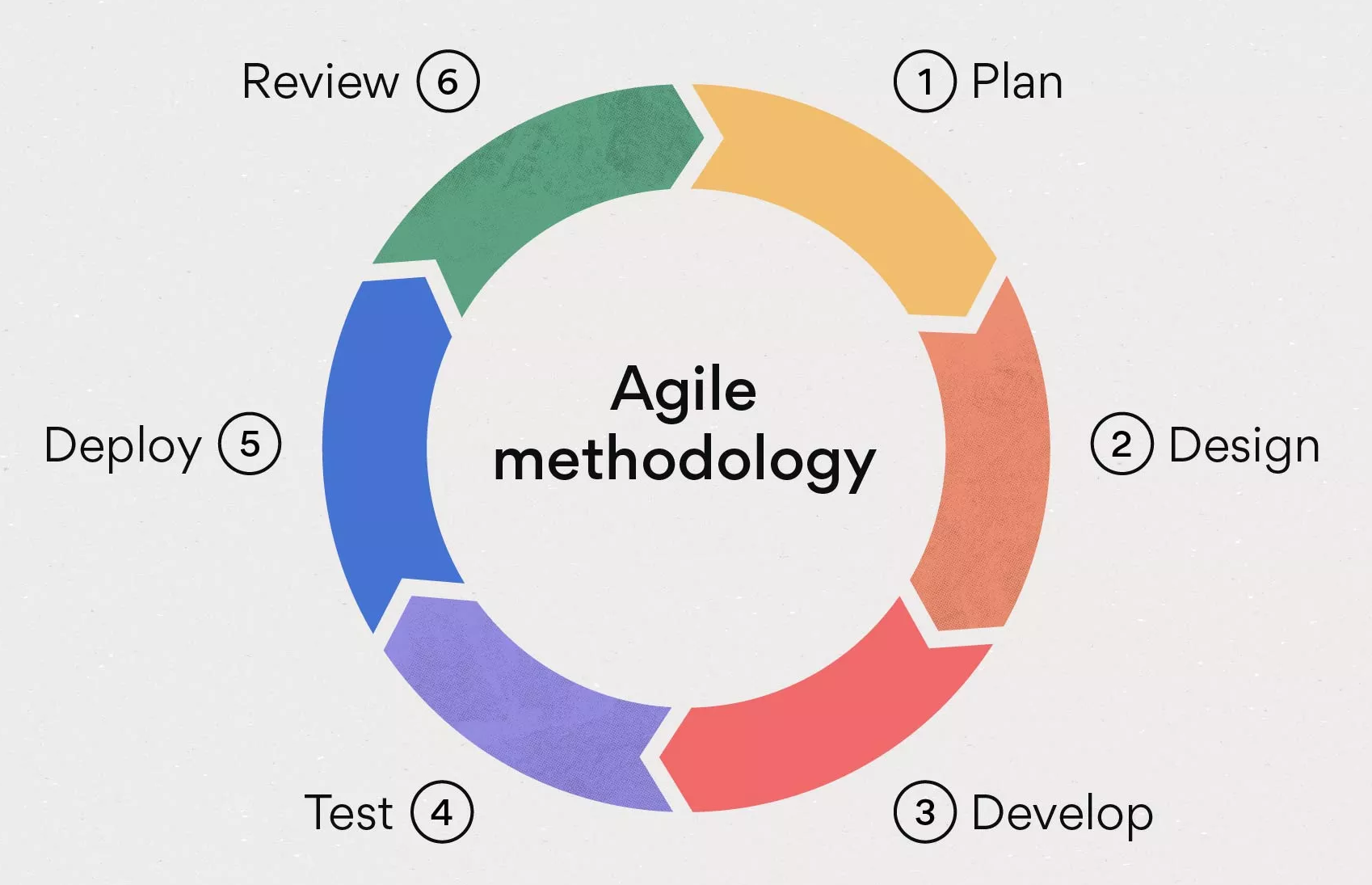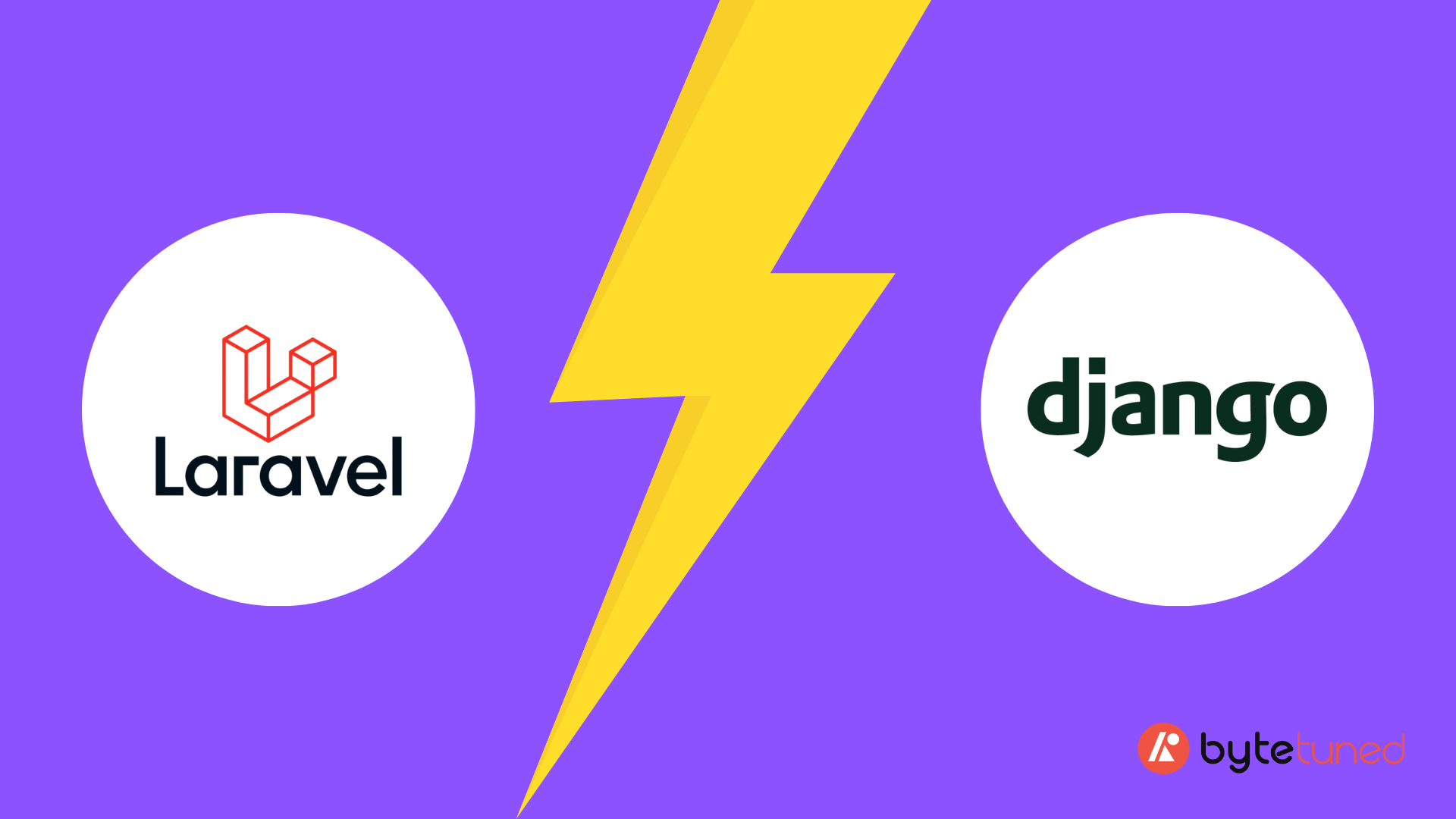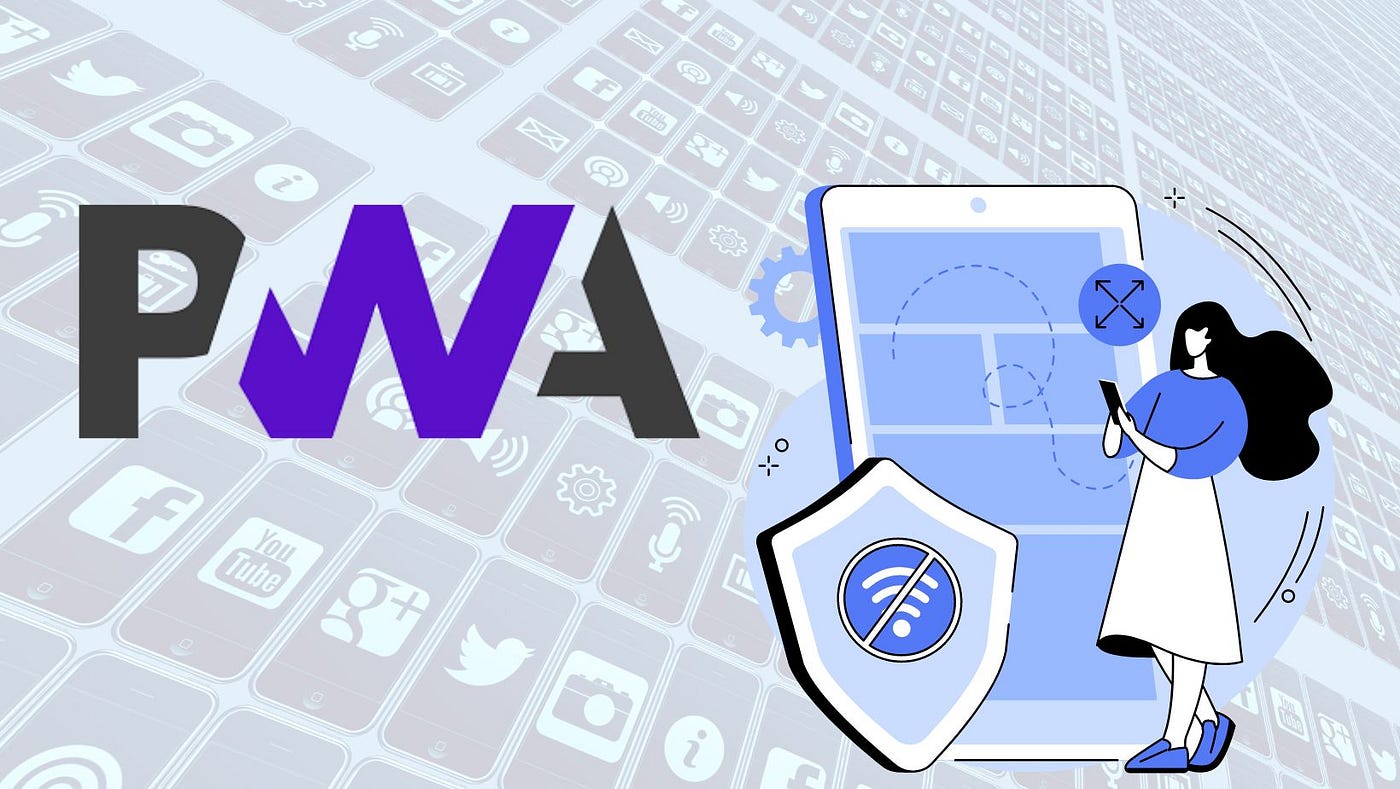Agile development has revolutionized the way software is developed, enabling teams to deliver value to their customers faster and with better quality. At its core, Agile is more than just a methodology; it’s a mindset that promotes flexibility, collaboration, and continuous improvement. Implementing Agile practices effectively can be challenging, but when done right, it can significantly enhance your team’s productivity and project outcomes. Here are some best practices for Agile development that can help your team maximize its potential.
1. Embrace the Agile Mindset
Before diving into specific methodologies like Scrum or Kanban, it’s crucial to understand and embrace the Agile mindset. Agile is all about adapting to change, delivering value early and often, and fostering a culture of collaboration and continuous improvement. Ensure that your team understands these principles and is ready to embrace them in their daily work.
2. Start with the Right Team Structure
Successful Agile teams are cross-functional, with members possessing all the skills necessary to deliver a product increment. This includes developers, testers, UX/UI designers, and anyone else needed to move the project forward. A small, dedicated team encourages better communication and quicker decision-making.
3. Define Clear Roles and Responsibilities
Within an Agile team, it’s essential to have clear roles and responsibilities. While collaboration is key, each team member should understand their specific role in the Agile process, whether it’s the product owner setting the vision, the Scrum Master facilitating the process, or team members executing the work.
4. Prioritize Effective Communication
Agile development relies heavily on effective communication among team members and with stakeholders. Daily stand-ups, sprint planning, and retrospectives are all part of fostering an environment where open communication is encouraged. Use these meetings to ensure everyone is aligned on the project’s goals and progress.
5. Focus on Customer Value
One of the Agile Manifesto’s key principles is to satisfy the customer through early and continuous delivery of valuable software. Always prioritize work that delivers the most value to the customer, and use feedback loops to ensure that what you’re building meets their needs.
6. Embrace Change
Agility means being able to adapt to change quickly. Agile teams should view changes in requirements not as setbacks but as opportunities to provide additional value. Flexibility in planning and execution is crucial to responding to these changes effectively.
7. Commit to Continuous Improvement
Agile methodologies encourage continuous reflection on how to become more effective, then tuning and adjusting behaviour accordingly. Regular retrospectives allow the team to discuss what went well and what didn’t, identifying opportunities for improvement in the next cycle.
8. Deliver Working Software Frequently
Agile emphasizes the importance of delivering working software frequently, from a couple of weeks to a couple of months, with a preference for the shorter timescale. This approach allows teams to gather user feedback early and often, making it easier to make informed adjustments as the project progresses.
9. Maintain a Sustainable Pace
Agile projects should be structured in a way that allows teams to work at a sustainable pace. Avoid burnout by not overcommitting to work in a sprint and by ensuring that team members can maintain a healthy work-life balance.
10. Leverage Agile Tools and Technologies
Leveraging the right Agile tools and technologies is essential for enhancing team collaboration, streamlining workflows, and ensuring that Agile practices are implemented effectively. Here’s a deeper dive into some of the best tools that can support Agile development teams:
Jira: A powerhouse in Agile project management, Jira by Atlassian is designed to track issues, bugs, and tasks for software development teams. Its flexibility supports Scrum, Kanban, and mixed methodologies, making it a top choice for teams committed to Agile practices.
Trello: For teams looking for a more visual task management tool, Trello offers boards, lists, and cards to organize and prioritize projects in a highly flexible manner. Its simplicity and ease of use make it suitable for smaller teams or projects that might not require the complexity of more robust tools.
Asana: Asana stands out for its task and project management capabilities, facilitating team coordination and project tracking. With features like task dependencies and milestones, it caters well to Agile teams focusing on sprint planning and execution.
Confluence: Also from Atlassian, Confluence is an ideal collaboration space for documenting project requirements, sharing knowledge, and facilitating discussion. It pairs well with Jira, providing a comprehensive ecosystem for Agile teams.
Slack: Effective communication is vital in Agile environments, and Slack offers a dynamic platform for team chats, file sharing, and integrations with other Agile tools. It helps keep communication organized and accessible, enhancing team collaboration.
GitHub: GitHub is a highly recommended platform for implementing CI/CD (Continuous Integration/Continuous Deployment) workflows, thanks to its robust ecosystem and integration capabilities. GitHub Actions, a feature within GitHub, enables automation of software workflows, allowing you to build, test, and deploy your code right from GitHub.
Rally Software: Rally (formerly CA Agile Central) is designed for enterprise-scale Agile development, offering extensive features for planning, tracking, and optimizing work across multiple teams. It’s tailored for larger organizations implementing Agile at scale.
VersionOne: For complex Agile project management needs, VersionOne offers comprehensive support for Scrum, Kanban, and other methodologies. It’s built to facilitate collaboration and planning for large, distributed Agile teams.
Miro: An online collaborative whiteboarding platform, Miro enables distributed teams to engage in Agile ceremonies like sprint planning and retrospectives visually and interactively. It’s an excellent tool for brainstorming and visualizing work processes.
Let’s Make It Happen
Get Custom Solutions, Recommendations, or Estimates.
Confidentiality & Same Day Response Guaranteed!
“Very easy to communicate with and understands the requirements so well. They are definitely a GEM to work with. Their never-say-no attitude is their USP that makes them the best in their field. They love to take challenges and deliver up to the mark. Highly recommended.”
President, Morgan & Westfield






